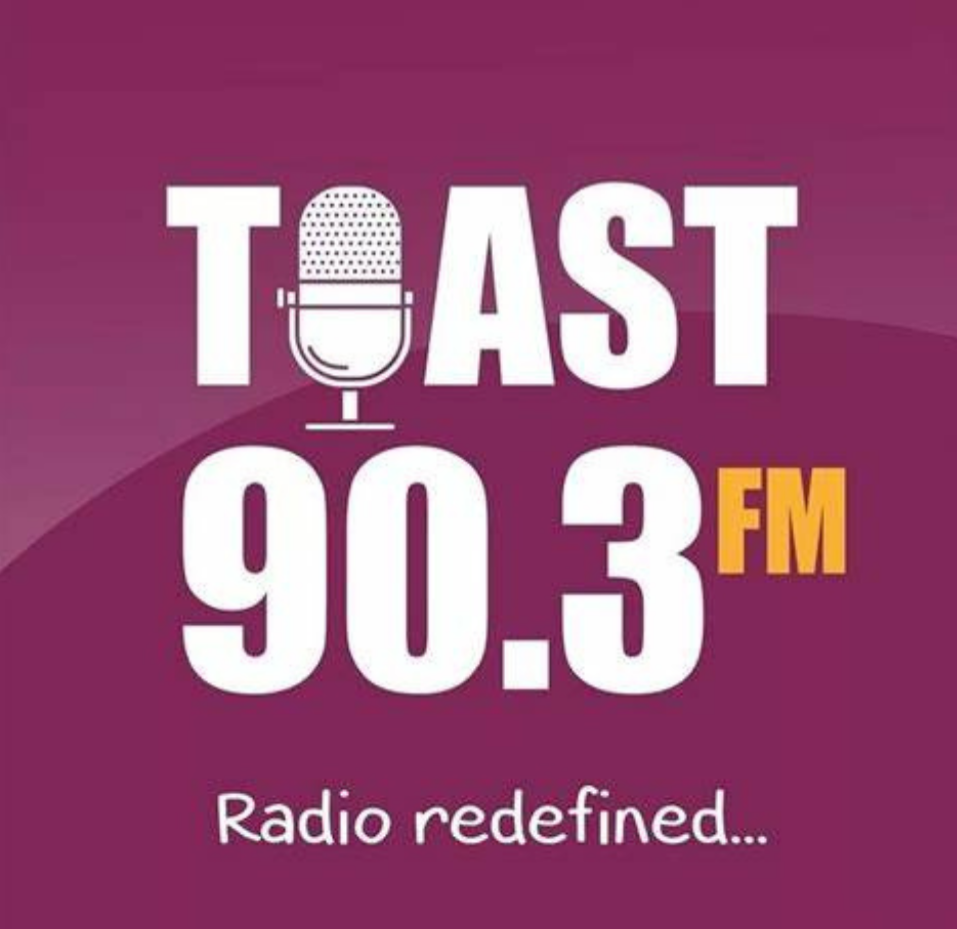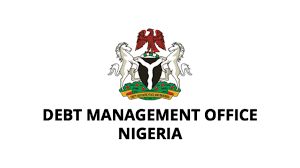Report says Nigerian states spent approximately N235.58 billion on external debt servicing in the first half of 2025, marking a 68.4% increase approximately(N95.65 billion) from N139.92 billion in the same period of 2024. This surge underscores the growing pressure of dollar-denominated debt repayments amid the naira’s depreciation. While External debt payments are managed through an automatic deduction system from states’ FAAC allocations, in early 2025, January saw a significant outflow of N40.09 billion—over three times the N9.88 billion paid in January 2024—highlighting a sharp year-on-year rise. February and March payments remained high at N39.10 billion each, with April to June maintaining N39.10 billion monthly, reflecting currency stability in that period.
The total payments were mostly concentrated among a few states, with Lagos State leading by paying N49.58 billion (a 52.8% increase), followed by Rivers, Kaduna, Ogun, and Edo.
Collectively, these five states accounted for over half (52.3%) of the total external debt servicing by all 36 states. Smaller states like Jigawa, Benue, and Yobe also saw substantial percentage increases in their debt payments. The data reveal regional patterns, with Lagos and Ogun in the South-West, Rivers and Edo in the South-South, and Kaduna and Bauchi in the North making significant contributions, indicating widespread foreign debt reliance beyond Nigeria’s major economic centers.
So far, the analysis highlights that exchange rate depreciation significantly raises the local currency cost of servicing foreign-denominated debts, straining state budgets, especially those with limited revenue-generating capacity.


Leave a Reply